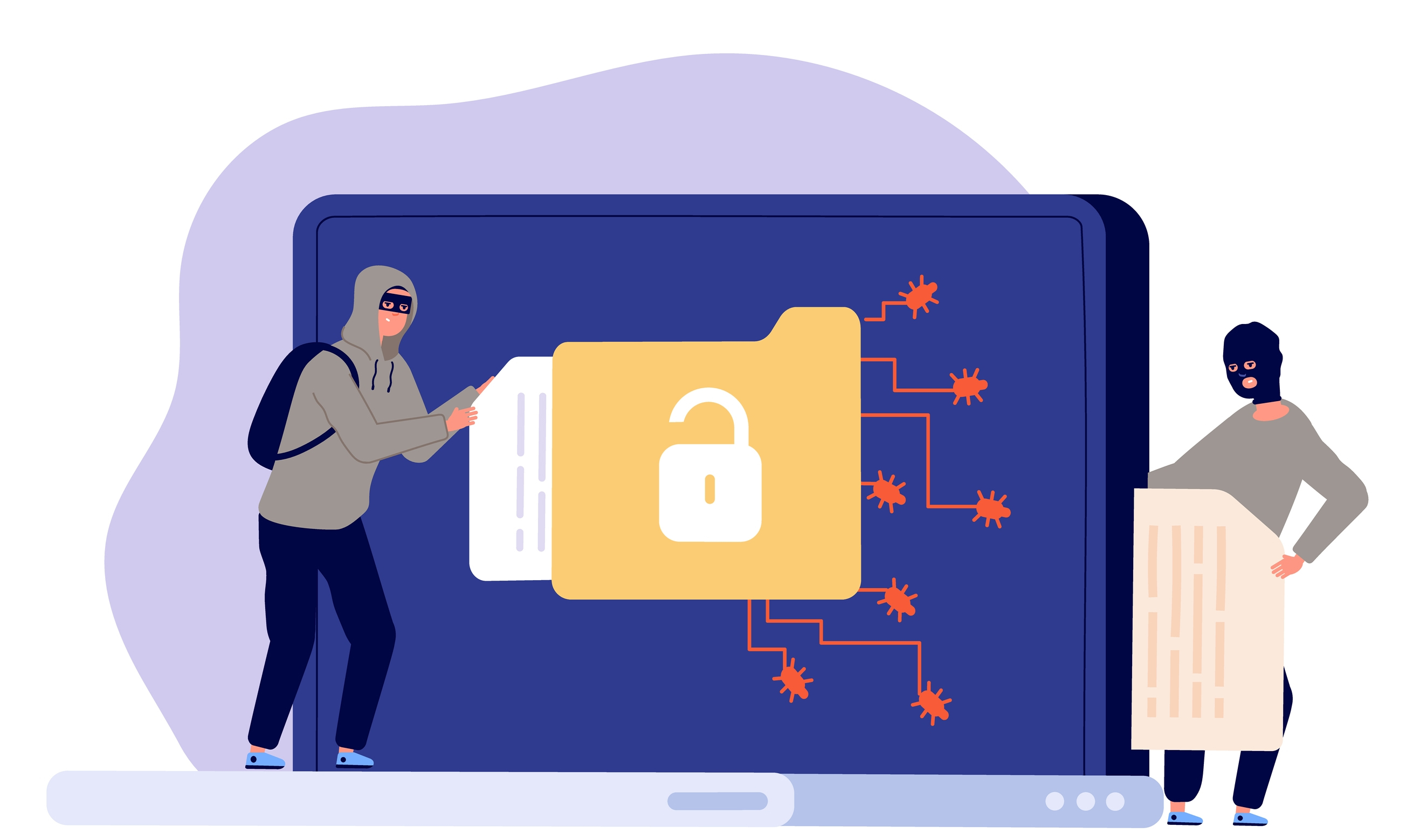Your organisation is likely working a lot more with digital documents now than before. Navigating the digital world, like sailing on a vast ocean with lurking pirates, isn’t always safe. Inevitably, implementing digital document security will be any organisation’s priority.
- 01 Oct 2021
What is digital document security?
Digital document security refers to the safeguards put in place, so that information in your electronic documents will not be exposed to data breaches and theft. With these safeguards, your organisation is ready to swim rather than sink in the quick and huge flow of digital information.
From physical to digital document security
People have used physical and optical documents for centuries. Think banknotes and passports. Over this long period, security features for such documents have evolved to a sophisticated level. The result is low counterfeiting rates for physical documents: only 0.003% of euro banknotes in circulation are counterfeits; and just 2% of physical passports are fakes.
In contrast, payment card fraud is 300 times greater, and digital data breaches exposed 36 billion records internationally in the first half of 2020.
Compared with physical document use, the spread of digital documents is a new phenomenon. In response, digital document security has had to develop quickly to meet ever-greater security threats. Two key threats are data breach, where sensitive digital documents are used by an individual unauthorised to do so; and fraud, where digital documents are falsified.
Should your organisation implement digital document security?
The threats mentioned above have pushed many organisations to implement digital document security – because once a document security violation happens, it is an excruciating uphill task to remedy the situation and regain trust.
If you are contemplating whether your organisation, too, should implement digital document security, then consider the following scenarios as part of your evaluation.
1. COVID-19 and remote working have led to increased use of digital documents in your organisation
Reuters reports that globally, 72% of total workforce is currently working remotely. A research by Gartner also forecasts that 50% of employees will continue to work remotely post-pandemic.
As organisations enter the new normal, it becomes risky not to prepare for wholly digital environments, where data can be extremely vulnerable.
To protect and manage digital documents, many organisations tap into digital document security solutions such as our award-winning DocCipher, which packs an array of safeguarding measures.
For example, with DocCipher’s Document Rights Management feature, organisations control what employees and customers can do when they receive a document. They can, for instance, be prevented from redistributing the document without permission, copying its content, restricting number of copies print by an authorised user or making screen captures with it.
As the post-pandemic world welcomes intense digital document exchanges, verifying the authenticity of documents will also be increasingly important. Take the example of digital vaccination certificates, which will soon be a part of our travel lives. DocCipher can help governments create the certificates, where each will contain a secure QR code with a digital signature that prevents falsification. Immigration officers simply need to do a quick scan of the QR code to check the certificate’s authenticity.
2. Your organisation works with sensitive data
An employee may misplace a flash drive or laptop, or open an email containing malware. These situations expose sensitive documents to unauthorised persons and malicious activities.
To minimise such risks, ensure that your organisation’s most sensitive documents are securely encrypted with a feature like DocCipher’s Secret Key Encryption. This way, even if these digital documents fall into the wrong hands, they cannot be accessed or modified and hence remain secure.
Enhanced measures such as Anti-copy Barriers, which include Optical Watermarks, can be discreetly embedded into documents too, making it even more difficult to illegitimately reproduce them.
3. Your organisation has a sizable head count who are granted different permissions for different documents
The most common document security threats are, in fact, internal. Employees may access customer or company records out of curiosity, for more malicious intents or be tricked into disclosing data to hackers who act as trustworthy entities.
With DocCipher’s Document Access and Validity Controls, your organisation grants document access to specific persons and can even set the duration, such that the document expires or becomes invalid after some time.
For added deterrence, the Audit Trail feature can be relied on to track all activities performed on a document. With routine checks, these trails can help your organisation to identify internal data breaches, who made them and when they occurred.
“Not if, but when”
This warning is commonly used to describe terrorism, but it is now also used for cyberattacks. Since no one can predict a digital document crisis, it is more fruitful to simply be prepared.
If your organisation is planning to protect important data from risks such as breaches and theft, do consider a robust digital document security solution – no document management system is complete without it these days.
The outcome produces a ripple effect: high document security standards protect not just confidential data, but strengthen your organisation’s reputation and earn customer trust as well.




